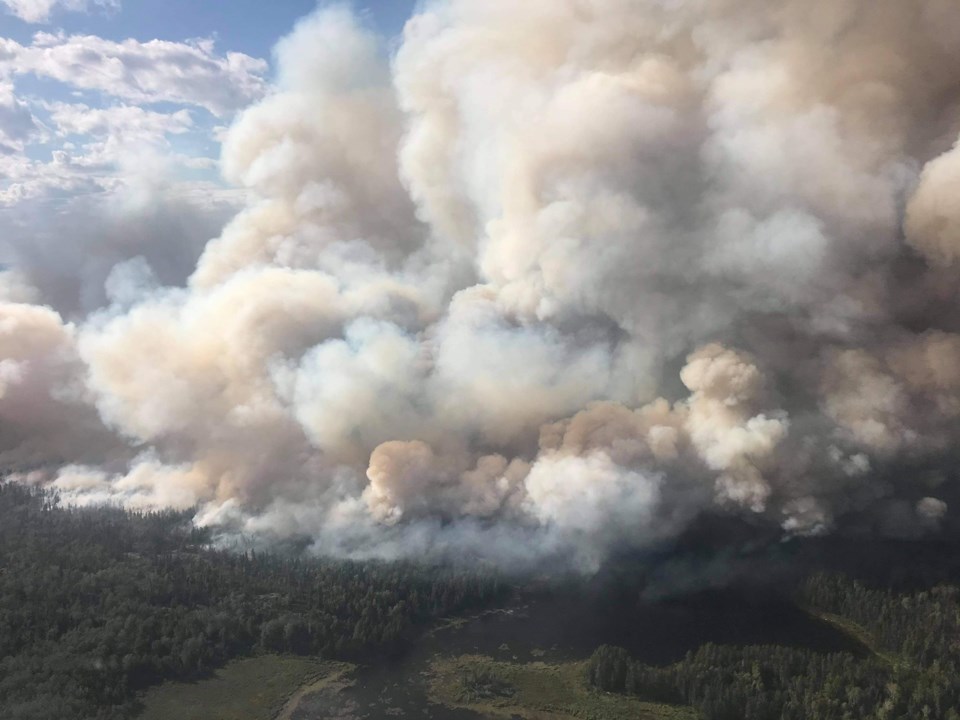THUNDER BAY - It was a below average year in terms of forest fires across the northwest, but large fires resulting in the evacuation of Red Lake and Eabametoong First Nation makes 2020 a memorable fire season.
“Overall, we had a below average year in terms of the number of fires, and especially with the number of hectares that are affected by fires on a seasonal basis,” said Chris Marchand, fire information officer with the Ministry of Natural Resources and Forestry Northwest Region Forest Fire Management Centre in Dryden.“This year we saw numbers that were less than 10 per cent of the 10-year average.”
The province of Ontario saw a total of 607 forest fires, affecting a total of 15,460 hectares. The 10-year provincial average is 807 fires in a typical season, with 162,799 hectares affected.
“We can break that down further in terms of the region. The Northwest region accounted for 366 of those 607 fires and in the northwest it affected 13,791 hectares,” Marchand said. “So most of what was burnt in the province happened in the northwest.”
Northeastern Ontario only saw 241 fires and 1,669 hectares affected.
According to Marchand, the below average fire season could be attributed to well balanced weather patterns throughout most of the province, as well as a province-wide restricted fire zone implemented in the spring to reduce the number of human caused fires.
But COVID-19 also played a big role in how the MNRF approached battling wildfires this season.
“We had a different approach, which saw a more aggressive attempt to get crews on newly reported fires very quickly to keep them from becoming larger problems that required more resources to manage,” Marchand said.
“Typically, that might represent an approach from yesteryear. Ontario’s wildfire management strategy does recognize the natural role of fire in the landscape. Where possible, where lives and property and resources are not facing a particular threat from a fire, there is an opportunity to let it play its natural role in the landscape.”
This season also saw fewer evacuations of remote communities throughout the region due to fires, but in August, residents in Red Lake and Eabametoong First Nation were forced to evacuate after a fire that grew to more than 500 hectares came within two kilometers of Madsen.
“This year was a particularly memorable year in terms of that community evacuation, especially in light of COVID,” Marchand said.
“That adds a layer of complexity to everything. In the past we’ve seen more evacuations of remote communities. This year that aspect was more limited to Eabametoong. But to see the full evacuation of a community like Red Lake when we already have the extra layer of complexity from COVID that is certainly a memorable aspect of the season.”
This year also saw numerous MNRF fire rangers and support staff assisting other fire agencies in Quebec, Oregon, and Australia.
“We do respond to our partners with whom we have mutual aid agreements to go where they request help,” Marchand said. “That is certainly a possibility now and into the future that we could be responding to where help is requested.”
